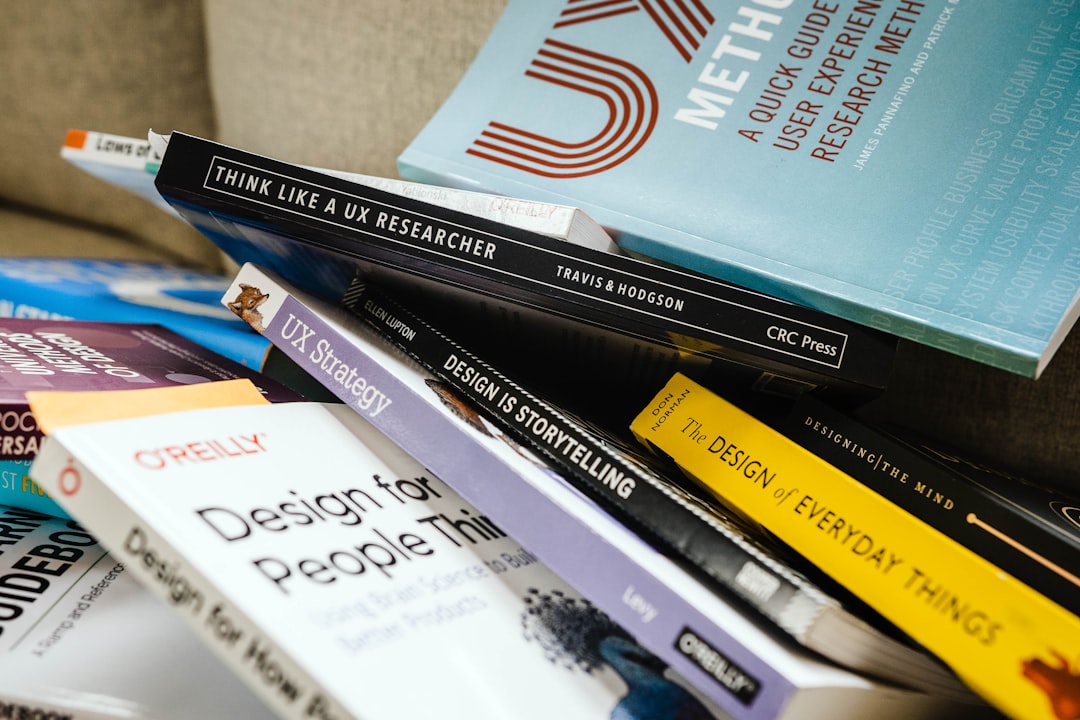Unlocking the Magic of User Experience Design: Your Guide to Creating Delightful Interactions
In a world where digital interactions have become a cornerstone of daily life, User Experience (UX) Design stands out as a pivotal discipline. Imagine entering a store that’s cluttered, with items misplaced and unwelcoming staff; chances are, you wouldn’t stay long. Now, envision walking into a well-organized, friendly space that effortlessly guides you to what you need. This is precisely the essence of UX Design—crafting experiences that engage, delight, and convert users.
At its core, UX Design revolves around understanding user needs, behaviors, and motivations. It is about making digital products intuitive and enjoyable, ultimately leading to higher satisfaction and retention rates. Whether you’re designing a website, mobile app, or any other digital interface, the principles of UX Design are essential to creating a successful user journey.
### The Building Blocks of UX Design
UX Design is not just about aesthetics; it’s a blend of psychology, design, and technology. Here are some key components:
1. **User Research**: This is the foundation of UX Design. Understanding your target audience is crucial. This involves interviews, surveys, and usability testing. The insights gathered guide the design process.
2. **Information Architecture**: This refers to how information is structured and organized. A clear, logical layout helps users find what they need without frustration. It’s about creating a seamless flow of information.
3. **Wireframing and Prototyping**: Before diving into the visual design, wireframes (skeletal outlines) are created to plan the layout and functionality. Prototypes take this a step further by simulating user interactions, allowing for early feedback.
4. **Visual Design**: This is where the magic happens. A visually appealing interface that aligns with branding while ensuring readability and usability is essential. Color schemes, typography, and imagery play significant roles here.
5. **Usability Testing**: Once the product is built, testing with real users helps identify pain points and areas for improvement. This iterative process ensures the design remains user-centered.
### The Impact of Good UX Design
The benefits of investing in UX Design are immense. Good UX leads to higher user satisfaction, increased conversion rates, and brand loyalty. When users have a pleasant experience, they are more likely to return and recommend the product to others. In contrast, poor UX can drive users away and damage brand reputation.
Consider some of the tech giants—companies like Apple and Google thrive not just because of their products but also due to their unwavering commitment to user experience. They invest heavily in research and design, ensuring their offerings are intuitive and enjoyable.
### Budget-Friendly UX Strategies
You might be thinking, “That all sounds great, but what if I’m on a tight budget?” Fortunately, there are budget-friendly options to enhance UX without breaking the bank:
– **Conduct User Testing with Friends and Family**: Tap into your network to get feedback without the cost of professional services.
– **Use Free or Low-Cost Design Tools**: Platforms like Figma and Sketch offer free trials and affordable plans that cater to small businesses and freelancers.
– **Learn Basic UX Principles**: There are numerous free online resources and courses available that can help you grasp the essentials of UX Design. Websites like Coursera and Udemy often feature budget-friendly options.
### DIY UX Design: A Hands-On Approach
For those inclined towards a DIY approach, creating an engaging UX is entirely possible. Start by sketching out ideas and creating user personas. Involve users early on; their feedback can be invaluable. Leverage online resources to learn about wireframing and prototyping tools. By taking small steps and being resourceful, anyone can implement UX strategies that resonate with their audience.
### Emerging Trends in UX Design
As technology evolves, so does UX Design. Here are some exciting trends to watch:
– **Voice User Interfaces (VUIs)**: With the rise of smart speakers, designing for voice interactions is becoming essential.
– **Augmented Reality (AR) and Virtual Reality (VR)**: These technologies offer immersive experiences that can significantly enhance user engagement.
– **Inclusive Design**: Ensuring products are accessible to all users, including those with disabilities, is increasingly becoming a priority.
### Conclusion
User Experience Design is more than just a phase of the product development process; it’s a crucial element that can determine a product’s success. By understanding user needs and incorporating solid UX principles, you can create products that not only meet but exceed user expectations. Whether you’re a seasoned designer or a novice, embracing UX Design will undoubtedly lead to more meaningful interactions and a loyal user base. So, get started on your UX journey today, and unlock the magic of delightful user experiences!

